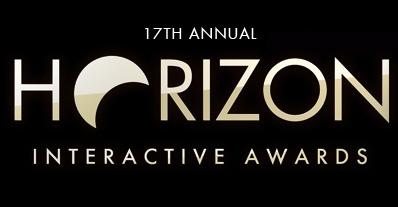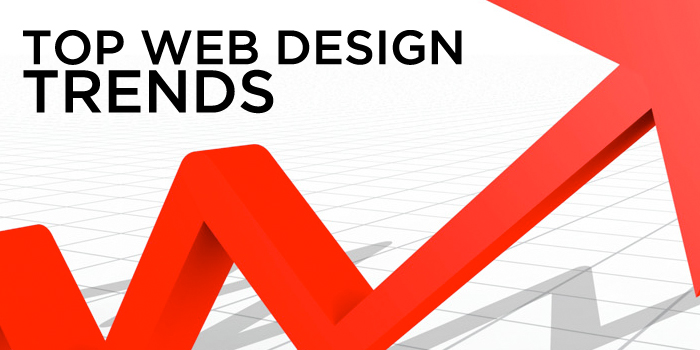

Trends come and trends go. Some of them are seasonal, but there are a small number that stay back to create a revolution. We have seen this happen in web design. There were trends that were called the next big thing, but fizzled out quickly like distractive animation, tiny fonts, irrelevant popups, images used for text etc. Then there were others like minimalist design, fixed header bars and plenty of others that just stayed back and created a revolution of sorts in the world of website design.
The success or failure of a trend depends on three factors:
If the trend, comes good on these three parameters, it will see popular adoption and implementation, otherwise it won’t.
This article is my attempt to identify the top trends for the year that I believe are playing and will continue to play a huge role in how designers create immersive visual experiences for users. But, before I begin listing them, a word of warning – A trend is as good or as bad as the way you make use of it.
Now, let’s take a look at them:
Great Designs = Great UX
This is an ongoing trend and we are going to see more of it this year and the next and the next. Successful website design was always about the user, but designers did not really think about the designer from the user’s perspective. End users and their expectations were not really on the priority list of designers, but that’s changing. Designers are now creating websites by putting themselves in the user’s shoes. They are looking at their designs from the users’ point of view and their expectations. This is why you are seeing more designs that simplify the user’s interaction with the websites. Visuals are no longer about ‘impressions but about ‘simplifying the message’. What we are also seeing is a transition from a traditional designing approach towards a more mobile centric approach whose core focus is on adopting a UI pattern that closely mimics that of mobile apps. That’s because the UI of a mobile app is a perfect example of a simplified, highly efficient and engaging user experience.
Content is Supreme
Creating a visual impression has given way to creating a credible and authoritative online identity, as the single most important purpose of a website. This is why you are seeing designers model their efforts on the content-first approach. So what is the content-first approach? It is simply making quality content, the pivot around which your web design revolves. It’s all about creating efficient, relevant and useful content that is accessible across multiple platforms, and which a user can interact with at multiple levels. It must be searchable, shareable and must have an inherent ability to go viral.
Responsive Layouts
In our last point I mentioned, ‘multi-platform content’ and this is only possible if you focus on responsive layouts. With the emerging popularity of devices like smartphones and tablets, it’s imperative that your website renders effectively on all devices, irrespective of their display size. Your design layout must fit into the screen sizes of multiple devices rather than just be confined to the desktop. The use of HTML5, CSS3 and CSS3 media queries allows the design of resizable layouts that fit into varying screen sizes. But, whatever the size of the device, the efficiency, relevance and usefulness of the website remains the same.
The primary focus is on using a single dynamic and fluid canvas for creating a website. This isn’t a trend, this isn’t a revolution; this is the birth of a whole new era in website design – The Era of Responsive Web Design.
The End of Skeuomorphism
We are seeing the beginning of the end of the skeuomorphic designing approach. Skeuomorphism in web design was a popular trend because it allowed designers to make use of the pre-existing knowledge of the user to improve their experience of using a website. One of the simplest examples of skeuomorphic design elements is the clickable buttons that you see on websites. For long this approach was considered something that had aesthetic as well as functional value, but its overuse has meant its last days are here.
What we are looking at is an emergence of a new trend in website designing called flat design. So if designers subscribing to skeuomorphic design ended up giving their clickable text a gradient and a shadow to give it more depth, the focus of the exponents of flat design is a flatter style, with flatter colors, clearer layouts, and simplicity.
Simplification is the keyword here, and flat design responds better to the need for creating responsive designs.
Large Photos and Full Screen Typography
I simply had to mention this one, because I find plenty of websites with the home screen having just one enlarged image or covered with typography. I find this a fascinating approach to take, because it has an element of risk to it. I agree the whole basis of this approach is on picking an impressive high resolution image or good looking typography, and at first glance it does catch the attention of the user. But, I am not really sure whether this trend is something that has the potential to last. Out of all the trends mentioned here, this one can be categorized as a ‘seasonal trend’. It might go out of fashion any time, but for now, its right up there amongst, THE trends of 2013.
Final Thoughts
This list is by no means the final word in the trends that are going to make a mark this year. But, for my money, these are the trends that are going to define web designing in 2013 and beyond. I am reasonably sure that these trends will be on top of everybody’s list next year as well, but by that time, they won’ be regarded as trends but something that designers think is par for the course, if they are to design successful websites.
Author info: This post was written for Horizon Interactive Awards by John Siebert. John Siebert is a Marketing Guru and Web Professional as well as owner of http://www.tampawebdesigner.net/., a New York City Web Design business.